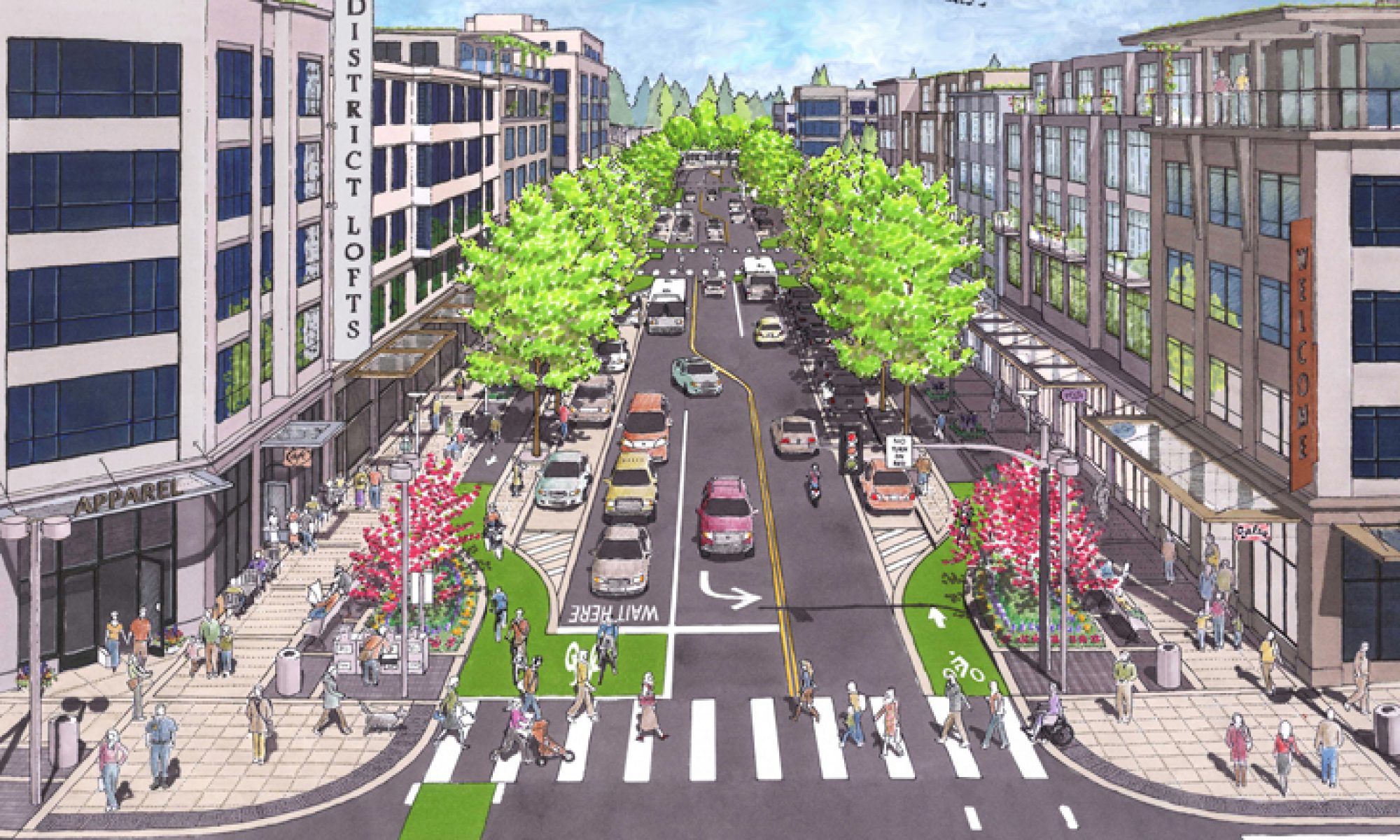Public spaces, open streets, streets for people.
We just spent a few days visiting Barcelona, riding bikes, walking, exploring neighborhoods, and experiencing the expanding development of superblocks.
Barcelona has been a wonderful bicycling and walking city each time we’ve been there, and it’s even more so now with the expansion of superblocks, including the elimination of cars on main arteries and side streets.
Superblocks are at the heart of a concept for sustainable mobility developed by the city administration in 2016. Initially some businesses and drivers were opposed, but residents have embraced the transformation, and business has shown improvement, and grown 30%.
Car clogged streets have been replaced by planted beds, flower pots and trees. Car traffic is only allowed on the remaining one-way streets – if at all – at 5-10mph. Families gather, children play, noise and air pollution is gone, and people are healthier.
The World Health Organization evaluation reports “a gain in well-being, tranquility and quality of sleep; a reduction in noise and pollution, and an increase in social interaction. The built environment of the Superblocks clearly influences walkability and creates more opportunities for physical activity. The reduced vehicle traffic has led to improved air quality measures in these zones.”
The design works best in “15 minute” cities where people can access destinations within a short walk, and neighborhoods with density, and some form of public transit so that residents can leave cars at home, or visitors can park off-site, and use transit.
The superblock model strives for a combined approach to multiple challenges neighborhoods and cities are faced with—mobility, noise, walkability, urban green space—and that it is a model which envisions city-scale wide and broad transformation, going beyond single street transformation.
We too often hear, “It can’t work in Asbury Park.”
But we believe that it can.
Asbury Park can be a model for a people-oriented, healthy city. We can learn from other cities, and with strategic planning we can take bold steps to reduce, and even eliminate cars and traffic.
Onward~
Polli Schildge
Editor apcompletestreets.org






